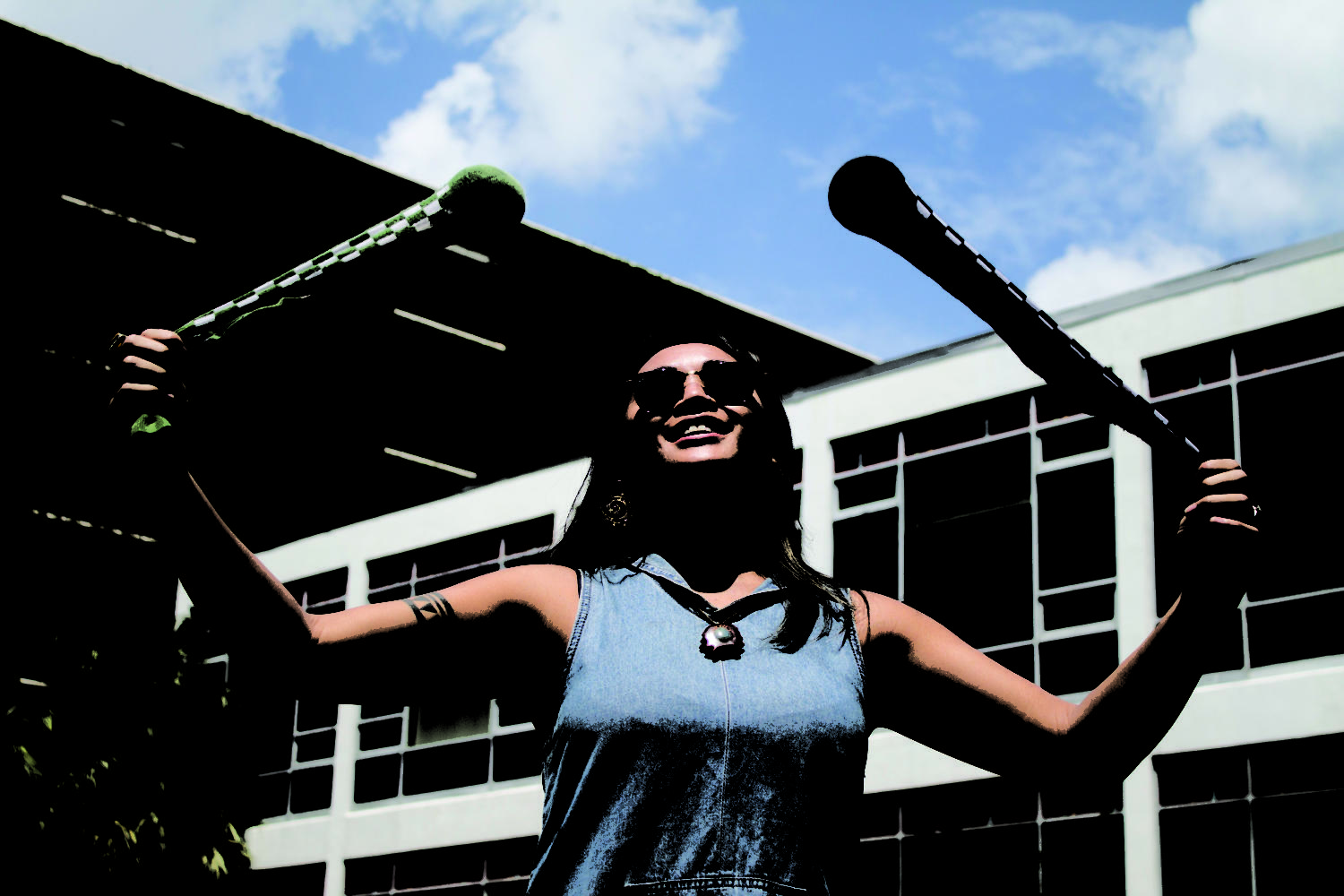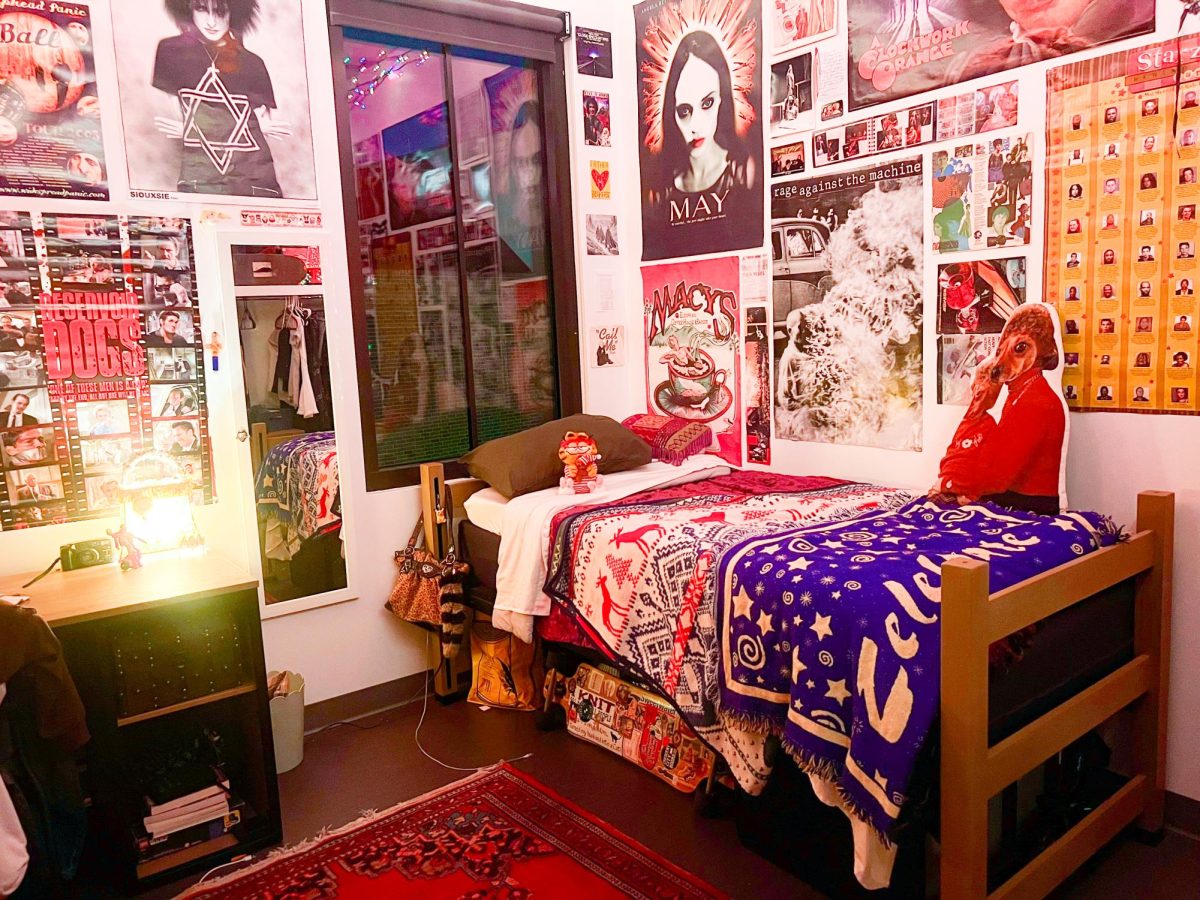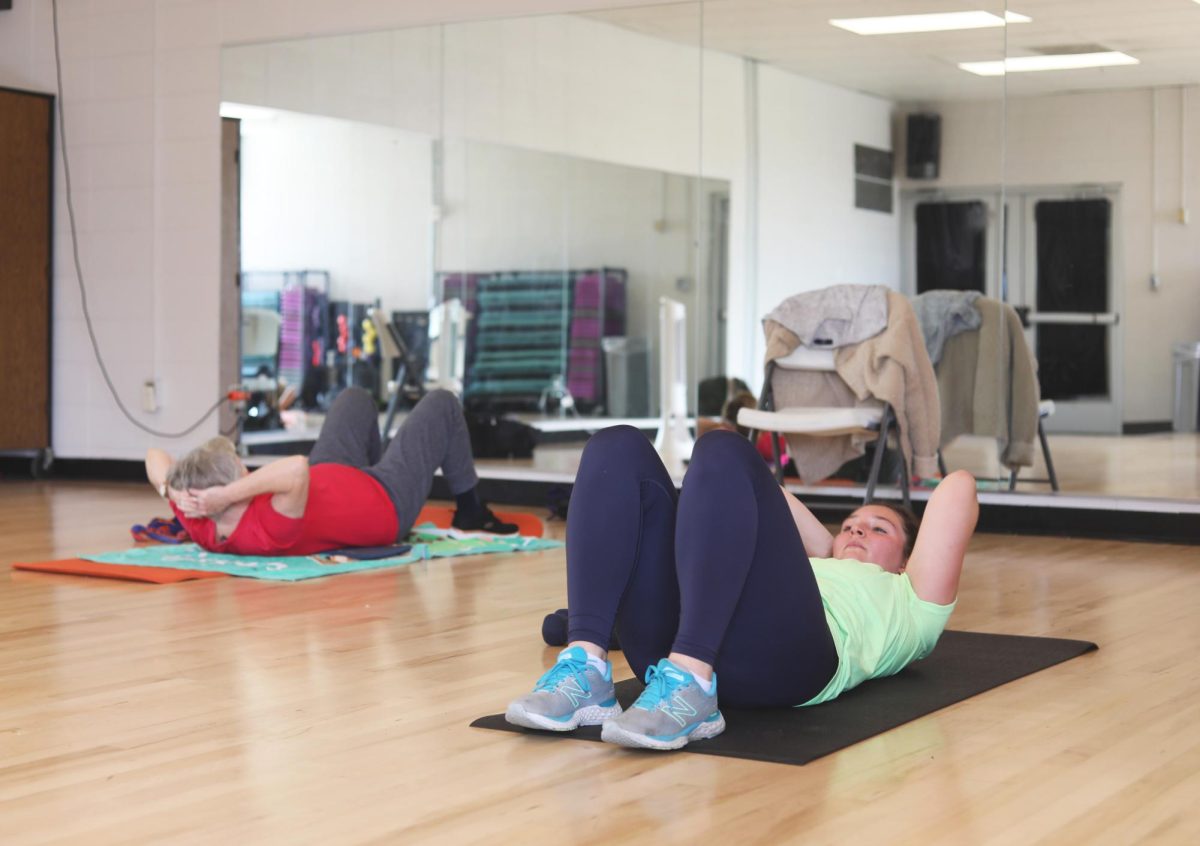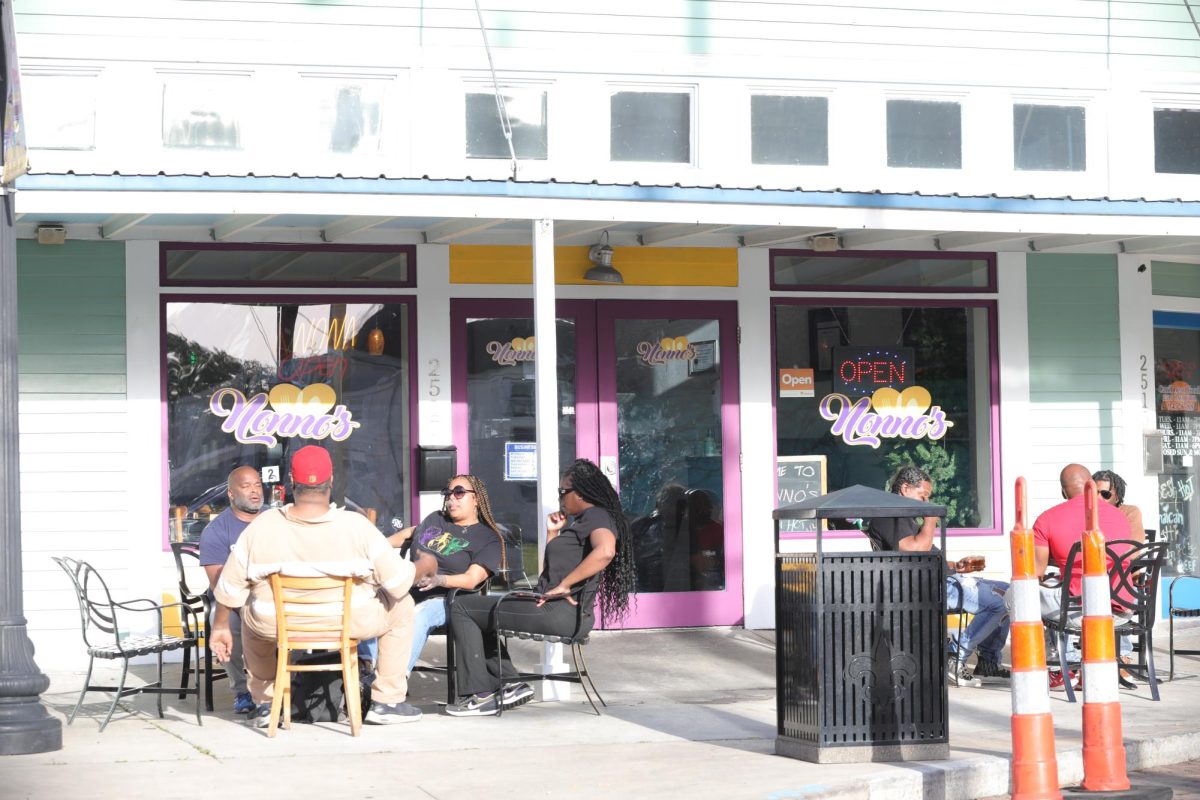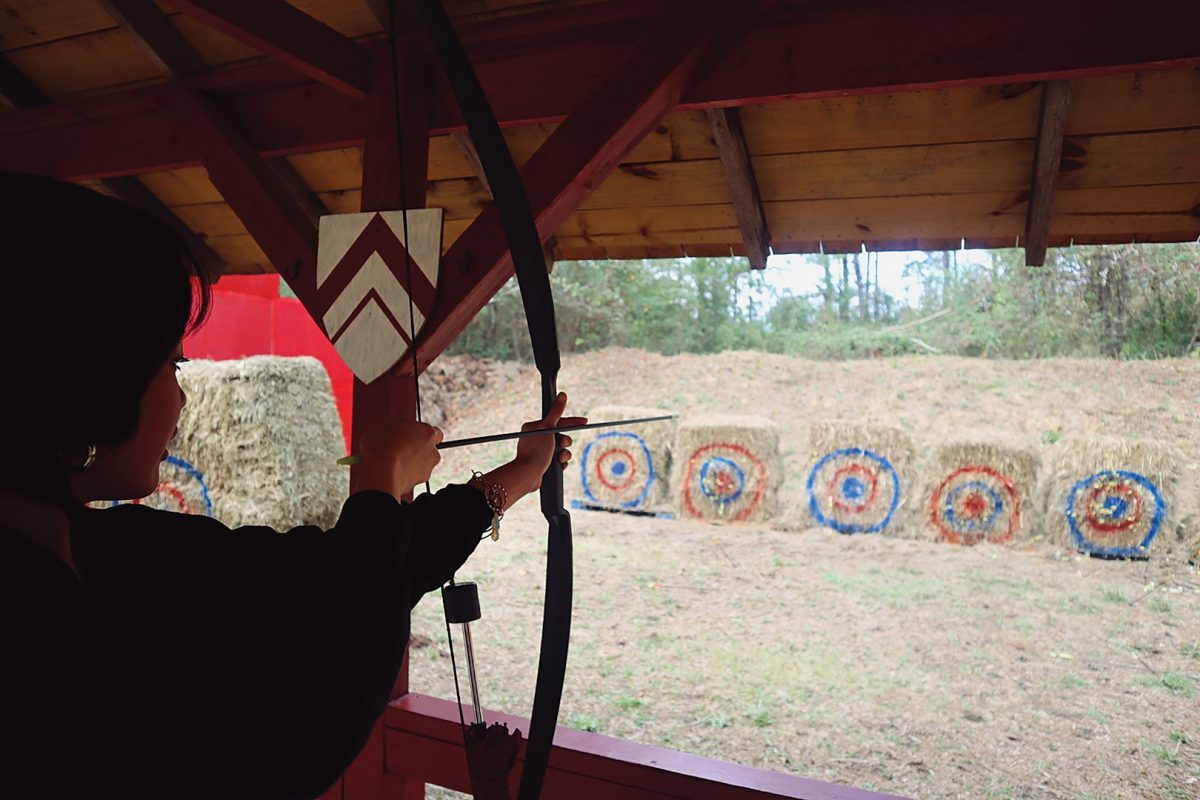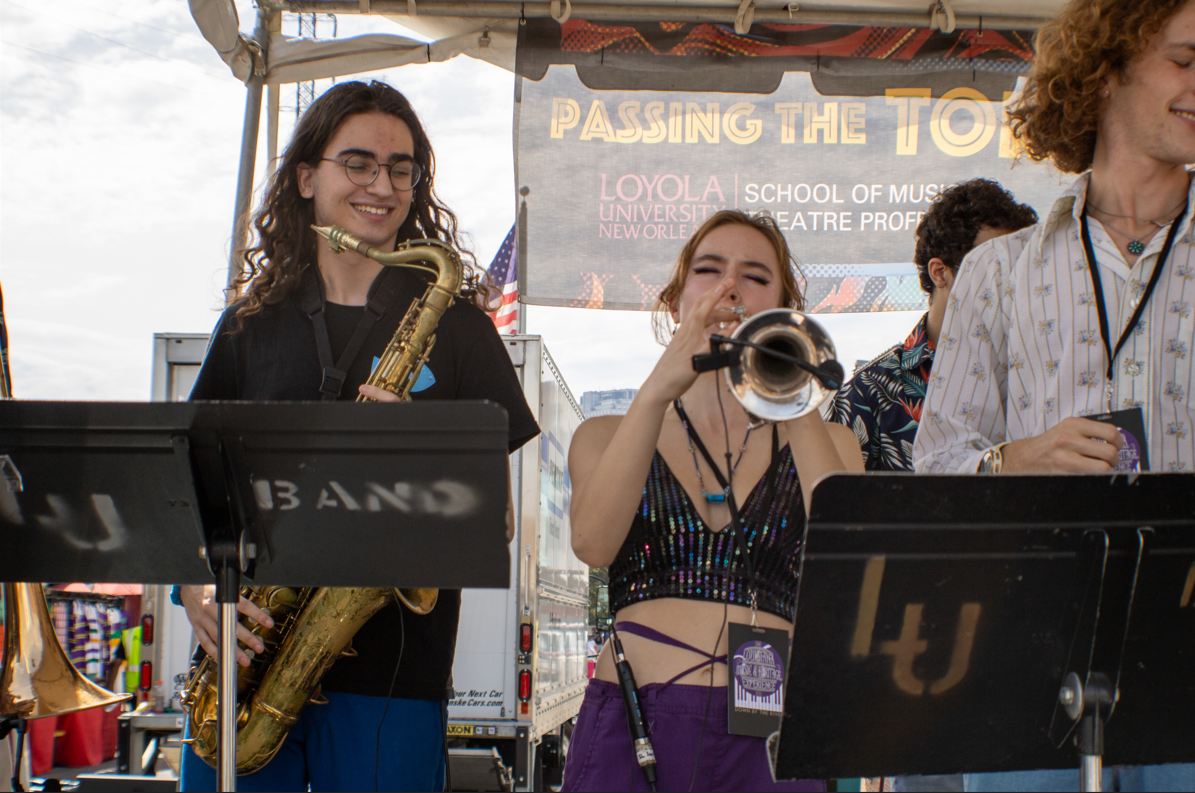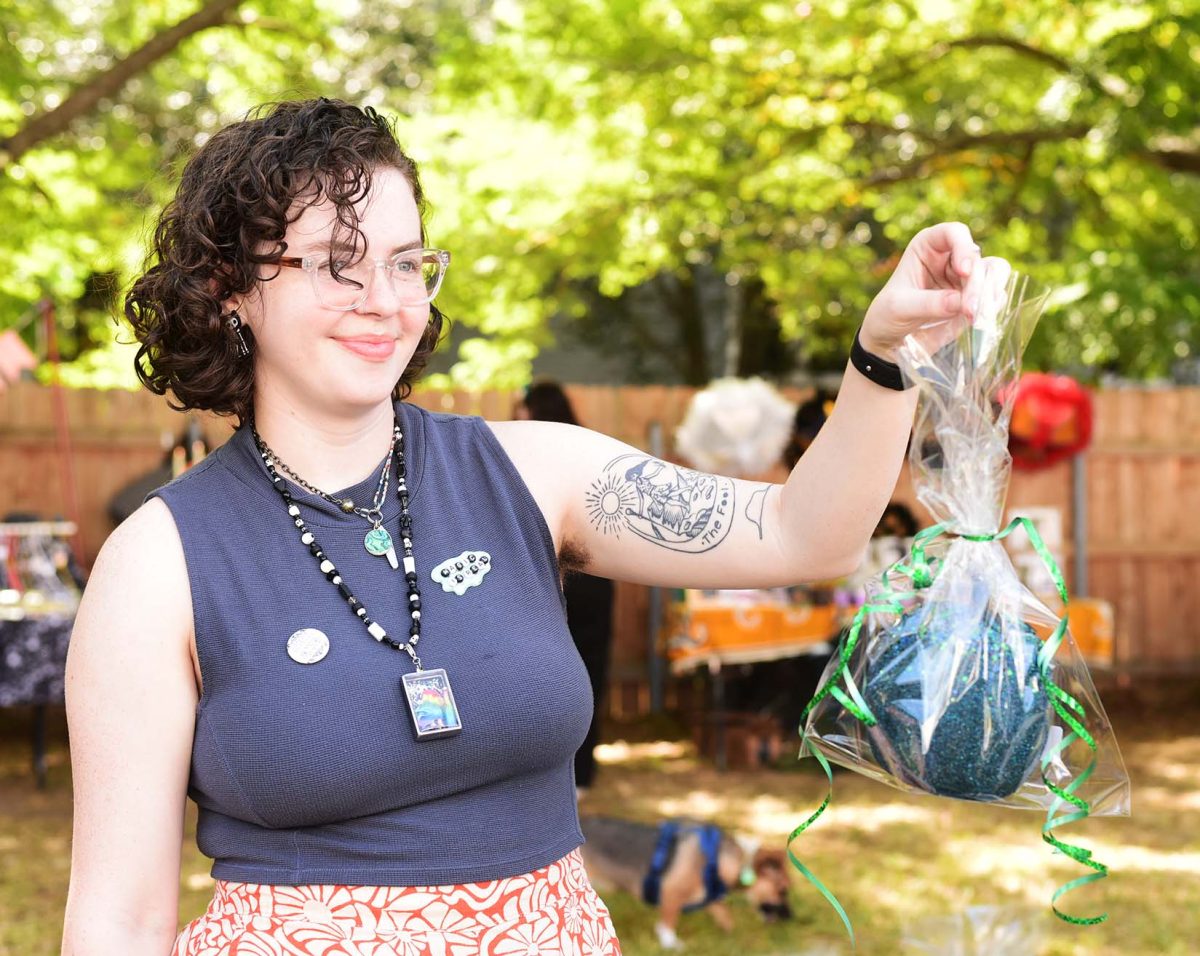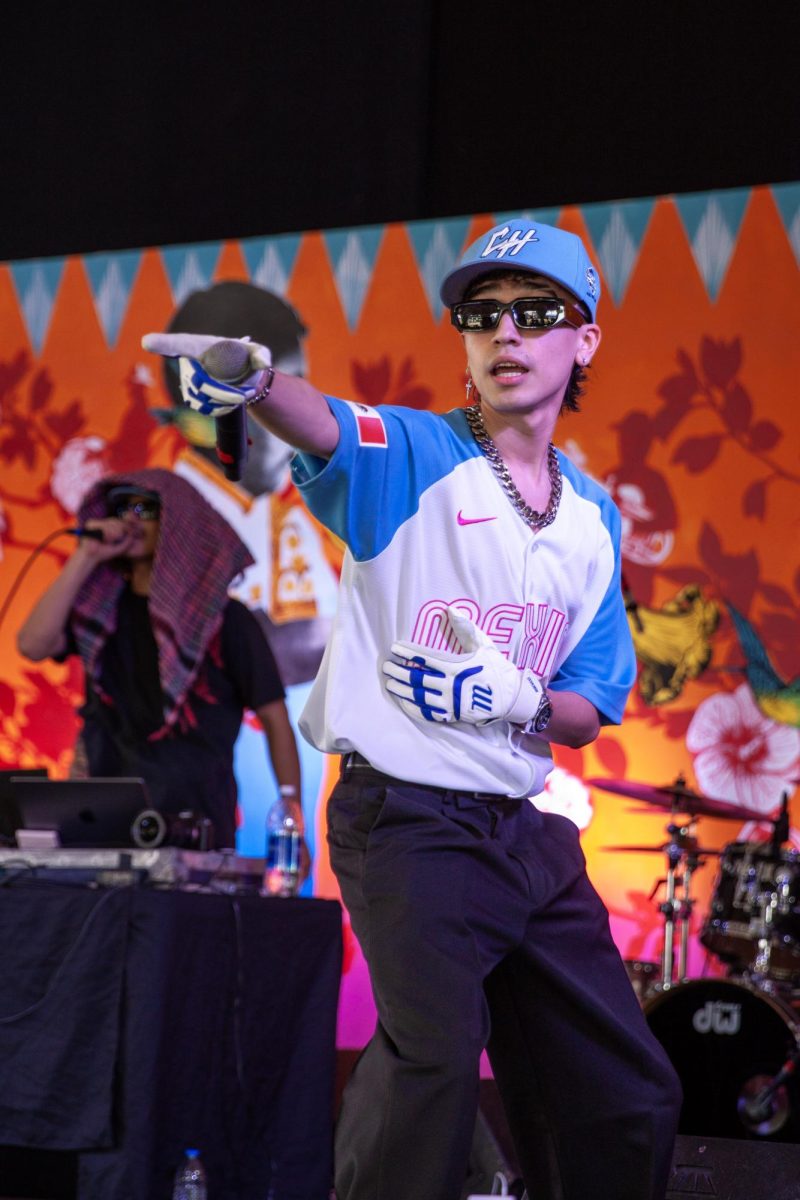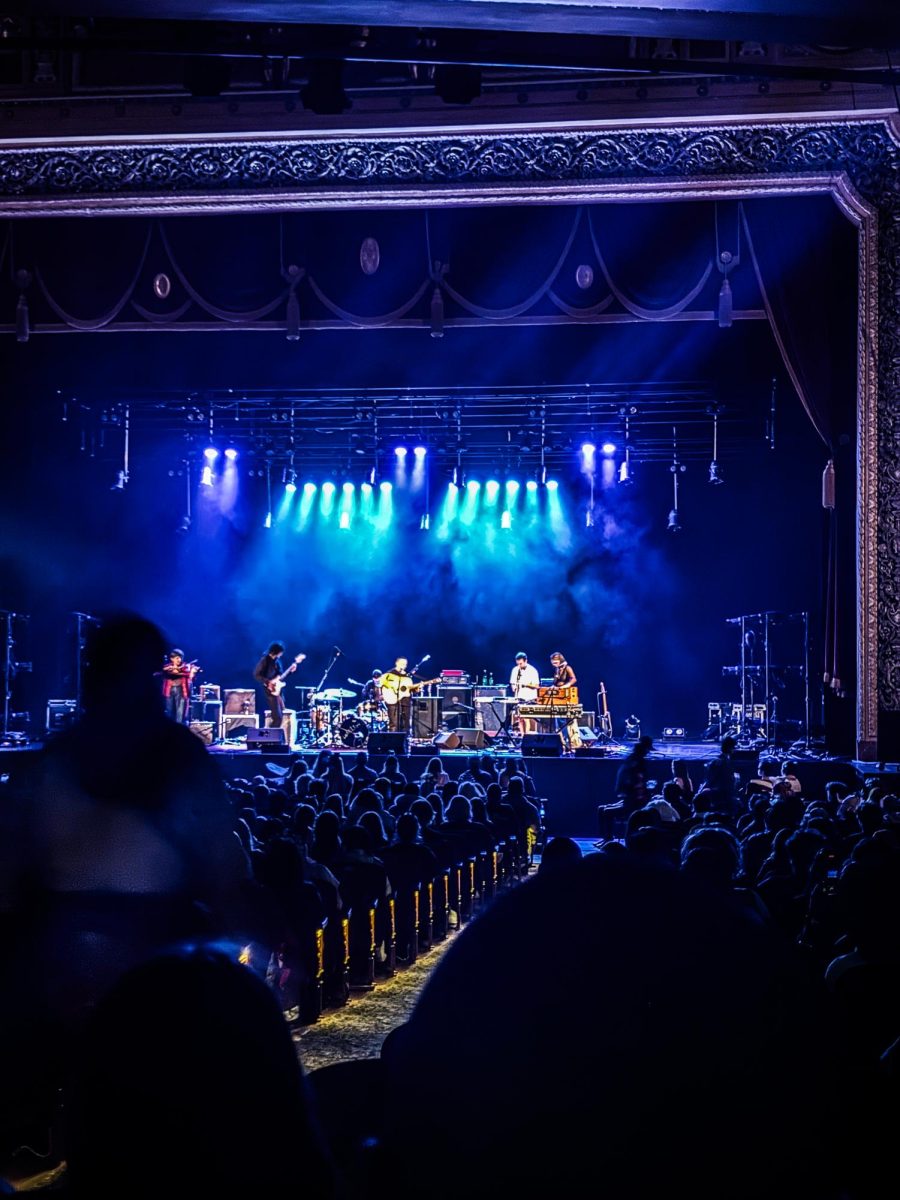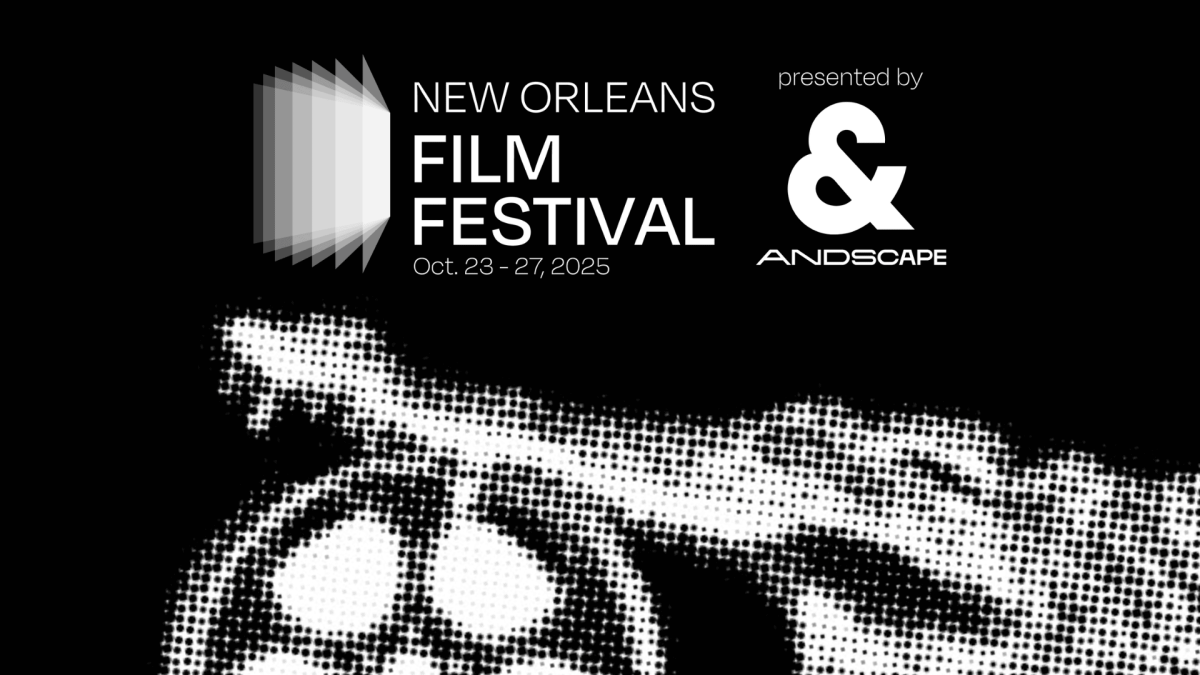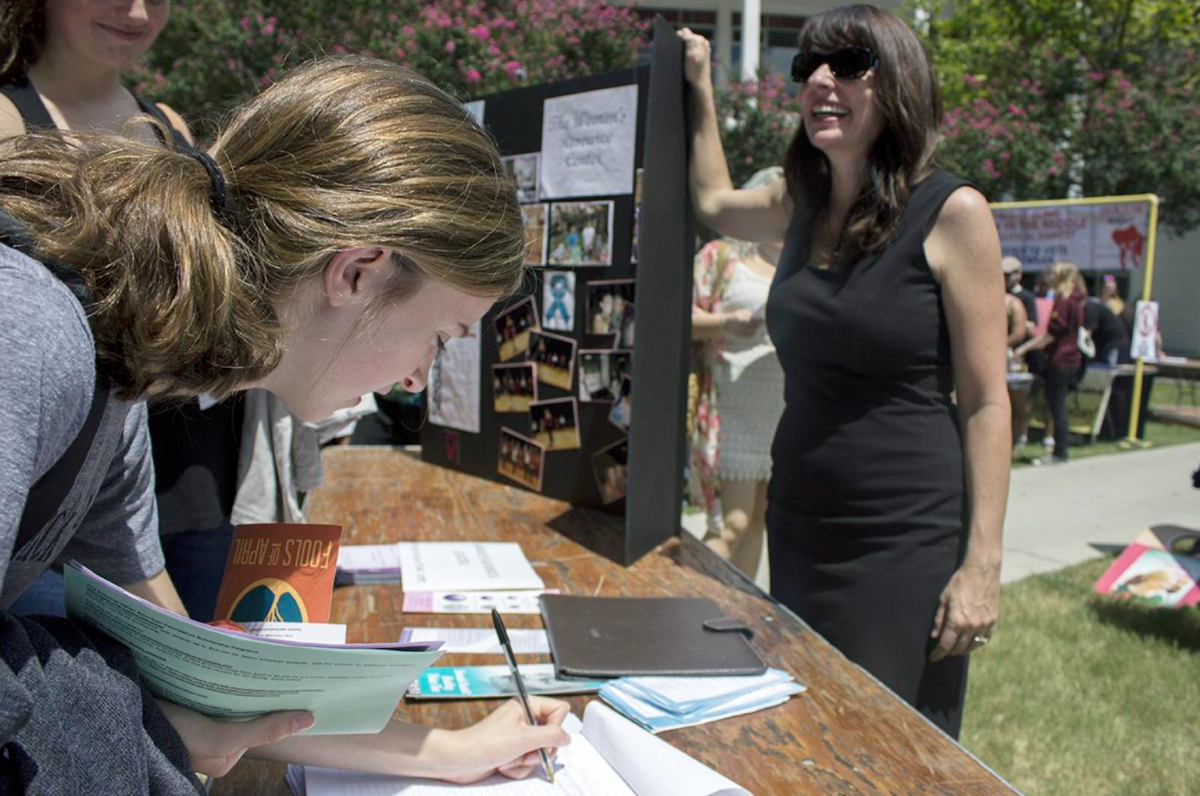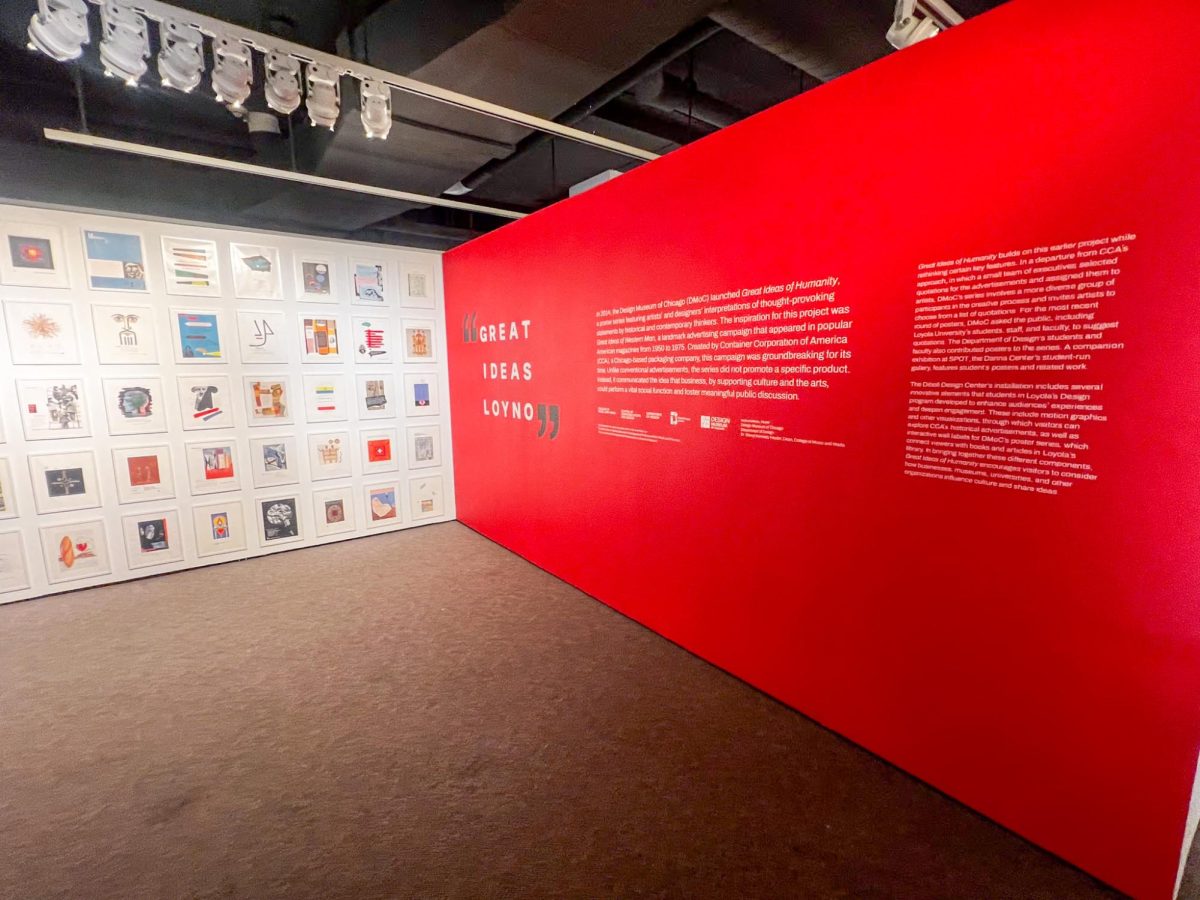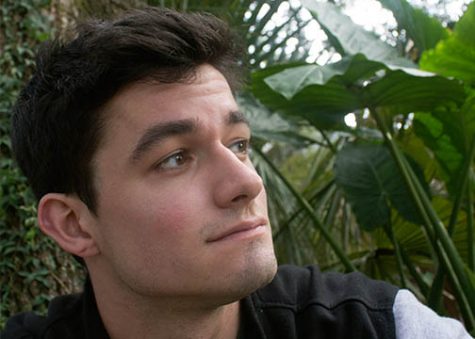Loyola students are no strangers to expressive arts, but a lesser-known subculture found on campus are practitioners of movement-based flow arts.
Under the umbrella of flow arts are all manner of skill-based techniques including hula-hooping, juggling, fire spinning and more.
The common thread between these types are manipulations of a prop or toy to convey expression and momentum. Students regularly take to the quads or anywhere outdoors to practice their craft.
Jaimie Villar, music industry junior, practices spinning tethered poi weights in her free time, a performance art originating with the Maori people of New Zealand. She said spinning poi allows her to express herself freely and naturally.
“Sometimes when I spin I focus on timing, transitions, and how clean my moves are. But it’s also nice to just let my flow come naturally and not focus on anything else but the music and the movement. I find that I flow best when I just let my mind wander and see where it takes me. It’s like my own form of meditation,” Villar said.
Sam Giradot, music industry junior, uses a prop called a leviwand to convey this feeling, a baton connected to a small string that appears to float in the air. Giradot said that he likes to apply the lessons he learns while flowing to his daily life, whether he’s practicing or not.
“To flow throughout your day is to be completely in the moment.
When you’re walking down the street, you’re not thinking about what’s around the corner, because you’ve already primed any experience you might have had, as opposed to just walking in the moment and then turning the corner. It’s like a free-flowing push and pull with my environment,” Giradot said.
Hula-hooper Elly Wilde, music industry junior, encourages people to pick up a flow art and realize the prop is an extension of ones intuition enacted through movement.
“For most people, flow arts are a beautiful combination of both physical and creative activity, and as with any creative endeavor you get better with practice. I would recommend it to anyone who hasn’t tried it because in a way it is like dancing. The actual flow toy is just an extension of that expression, a supplement really,” Wilde said.
Many advancing flow artists practice with their prop of choice lit on fire, adding an element of risk that tests their calm detachment to dazzling effect.
“Mentally it’s much more intense, but once you learn to overcome the scariness of it, it’s pretty much the same. Flame is just flame,” Giradot said.
Villar said that everyone possesses the ability to find his or her technique, and there’s a very low barrier of entry for beginners.
“I think what’s surprising about flow arts is that anyone can flow, it just takes some time to find your style. There are so many different types of flow arts and that’s what makes it so fun and exciting,” Villar said.


